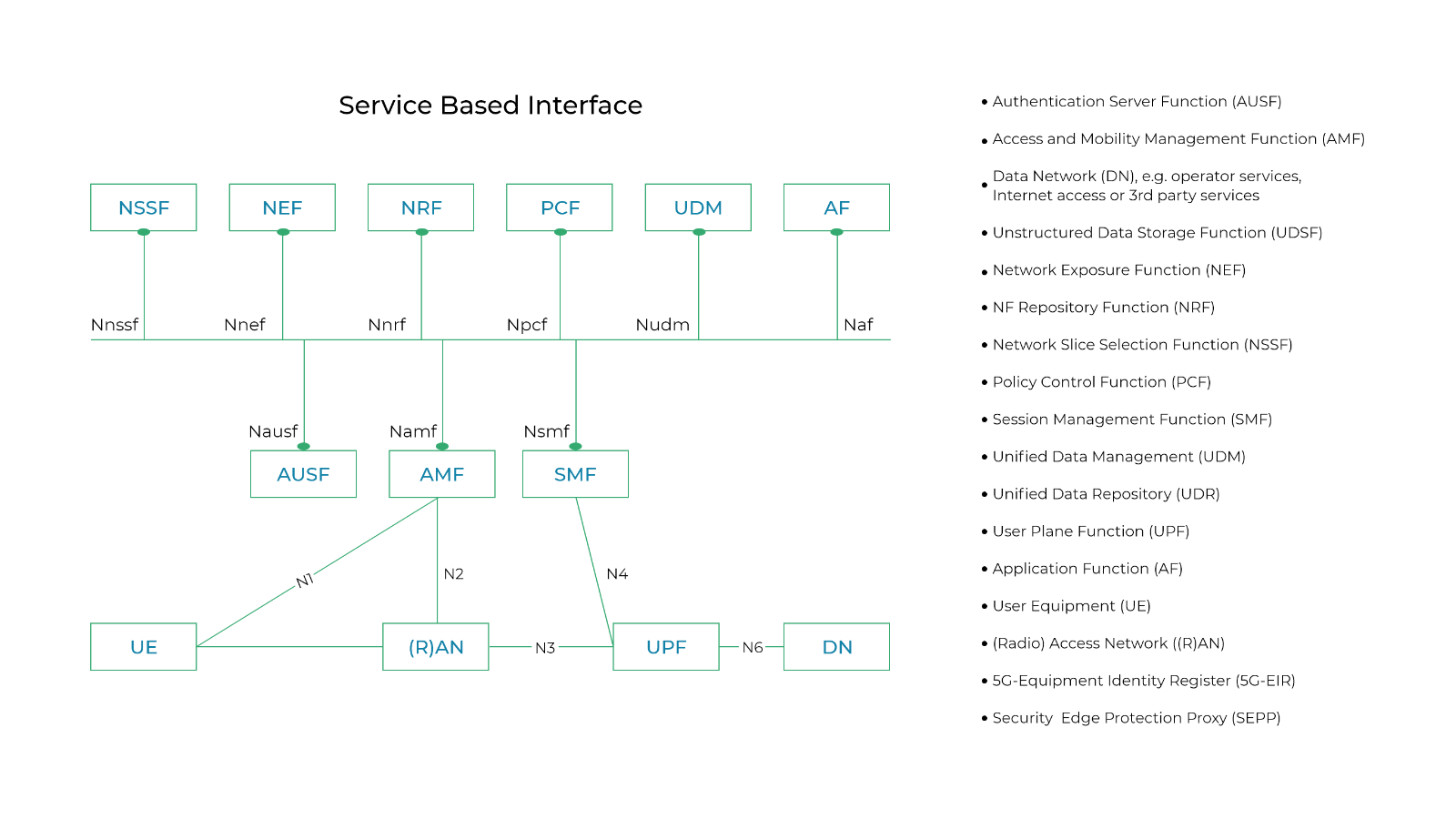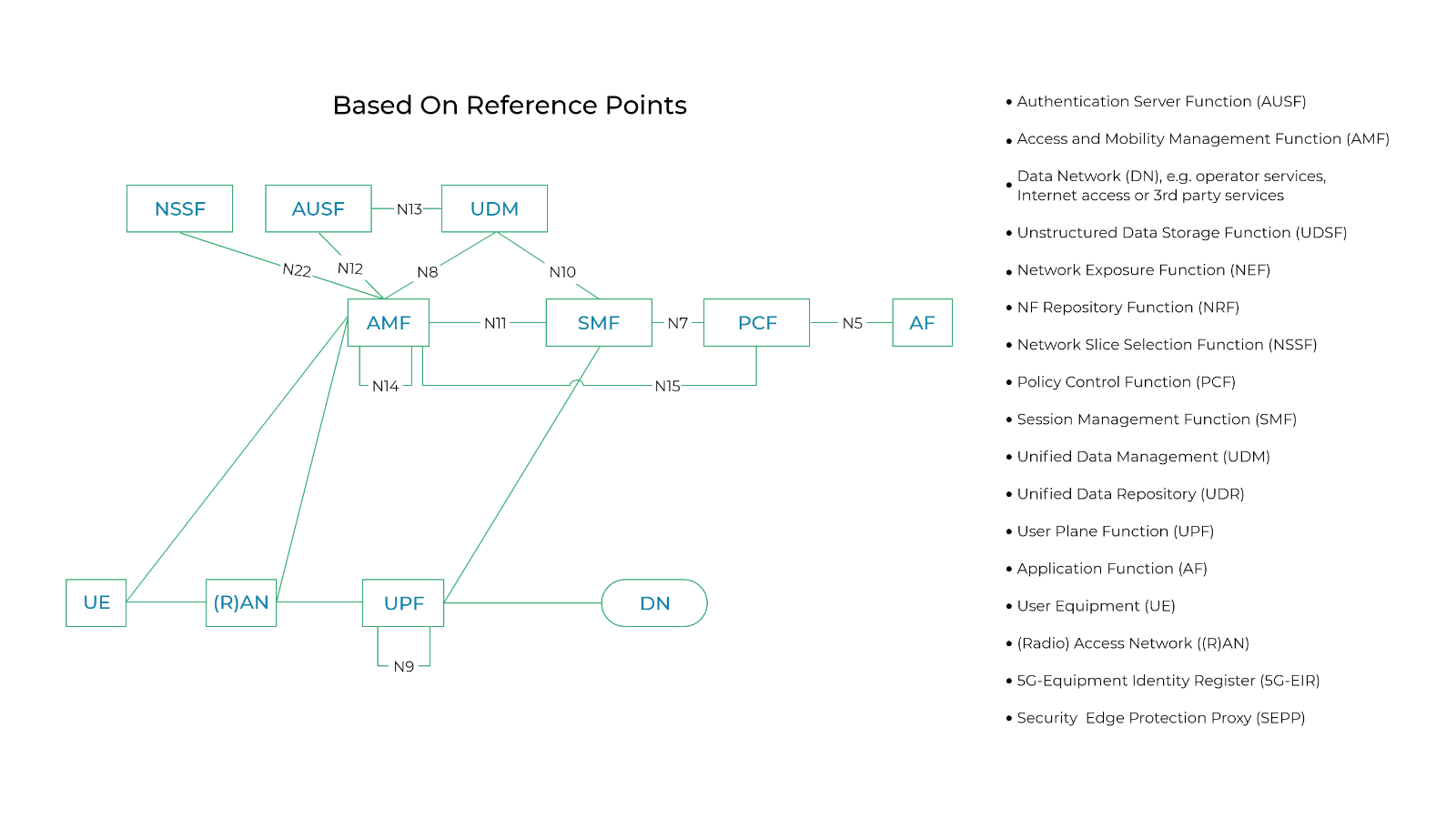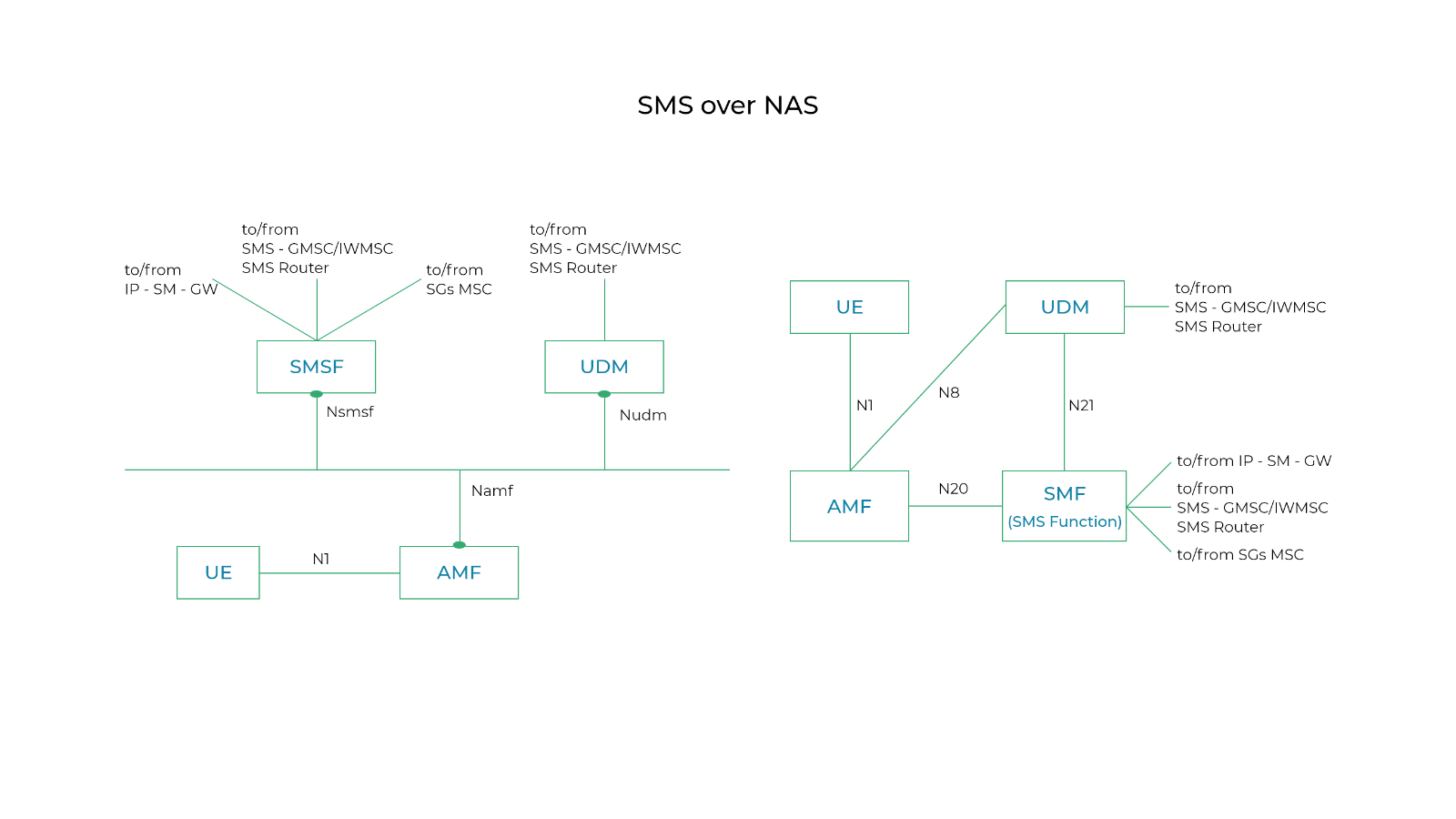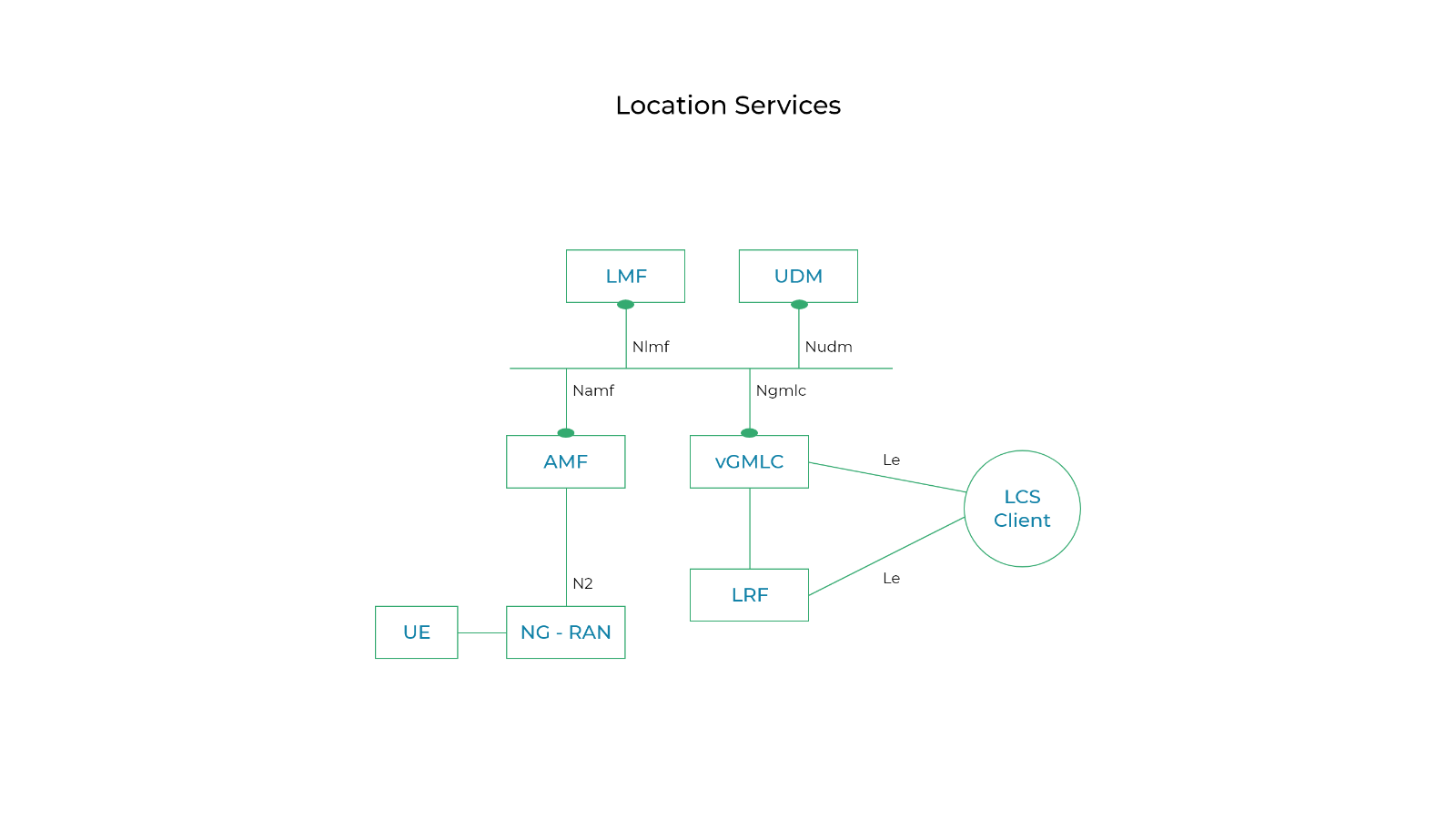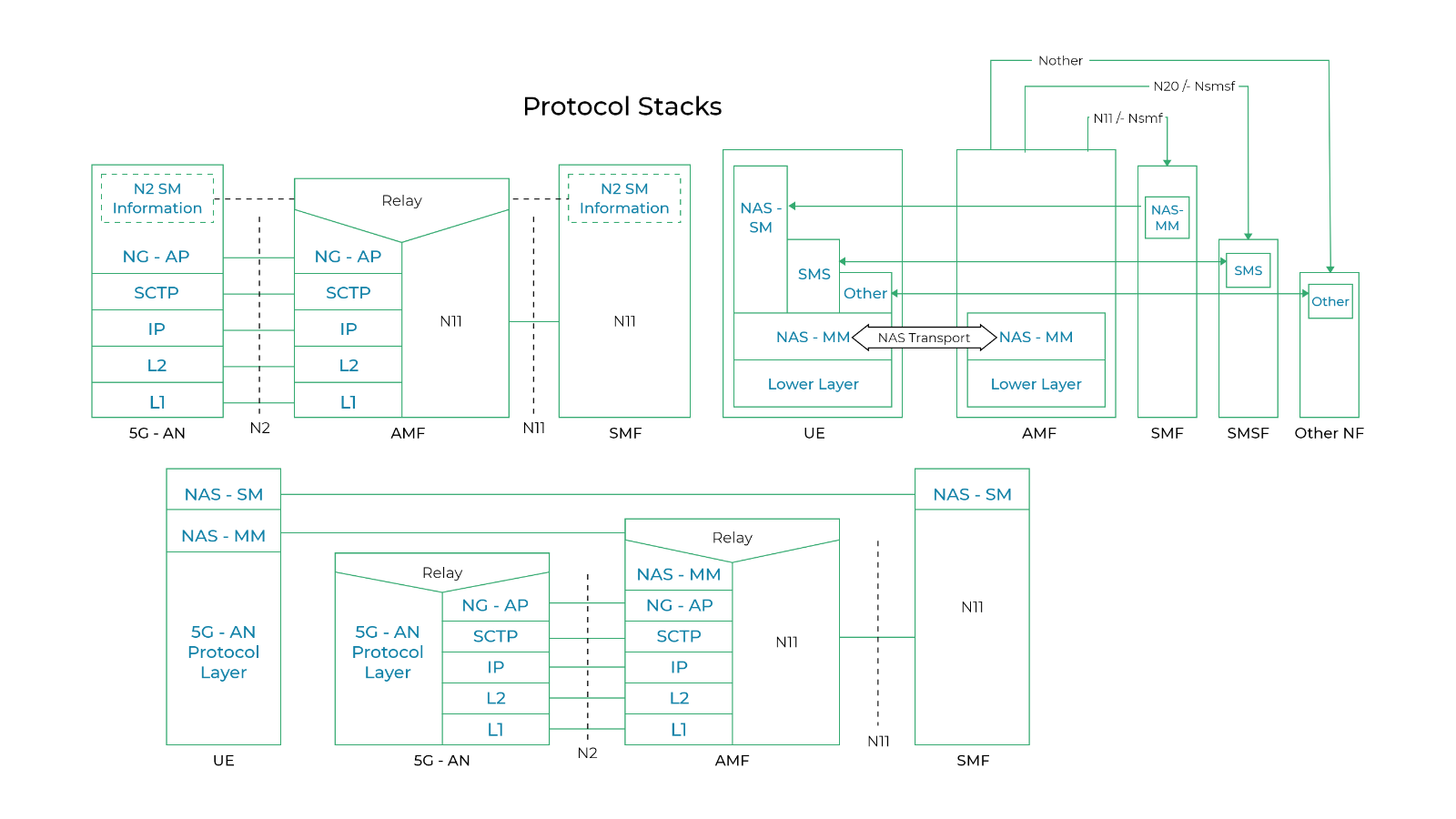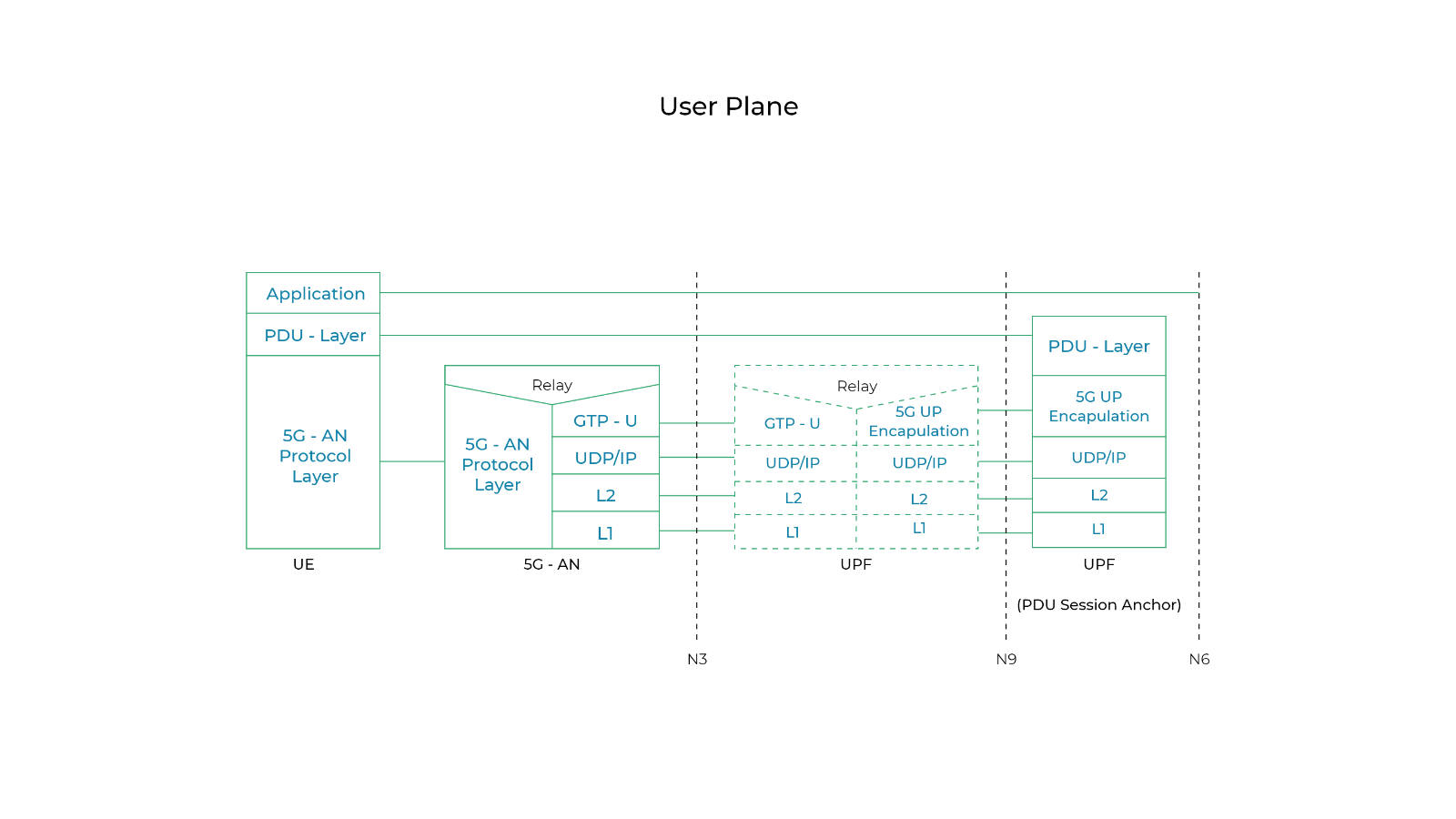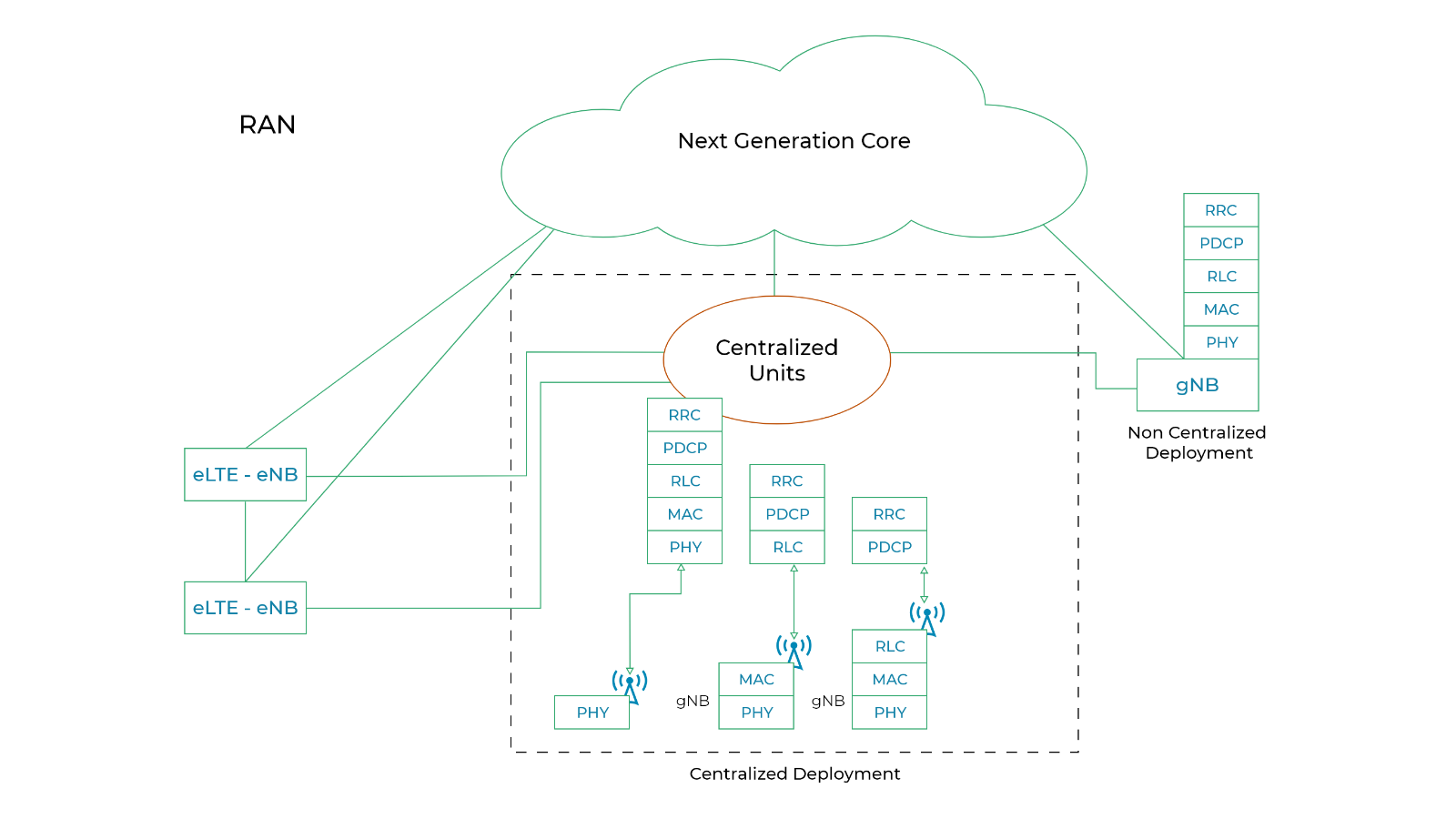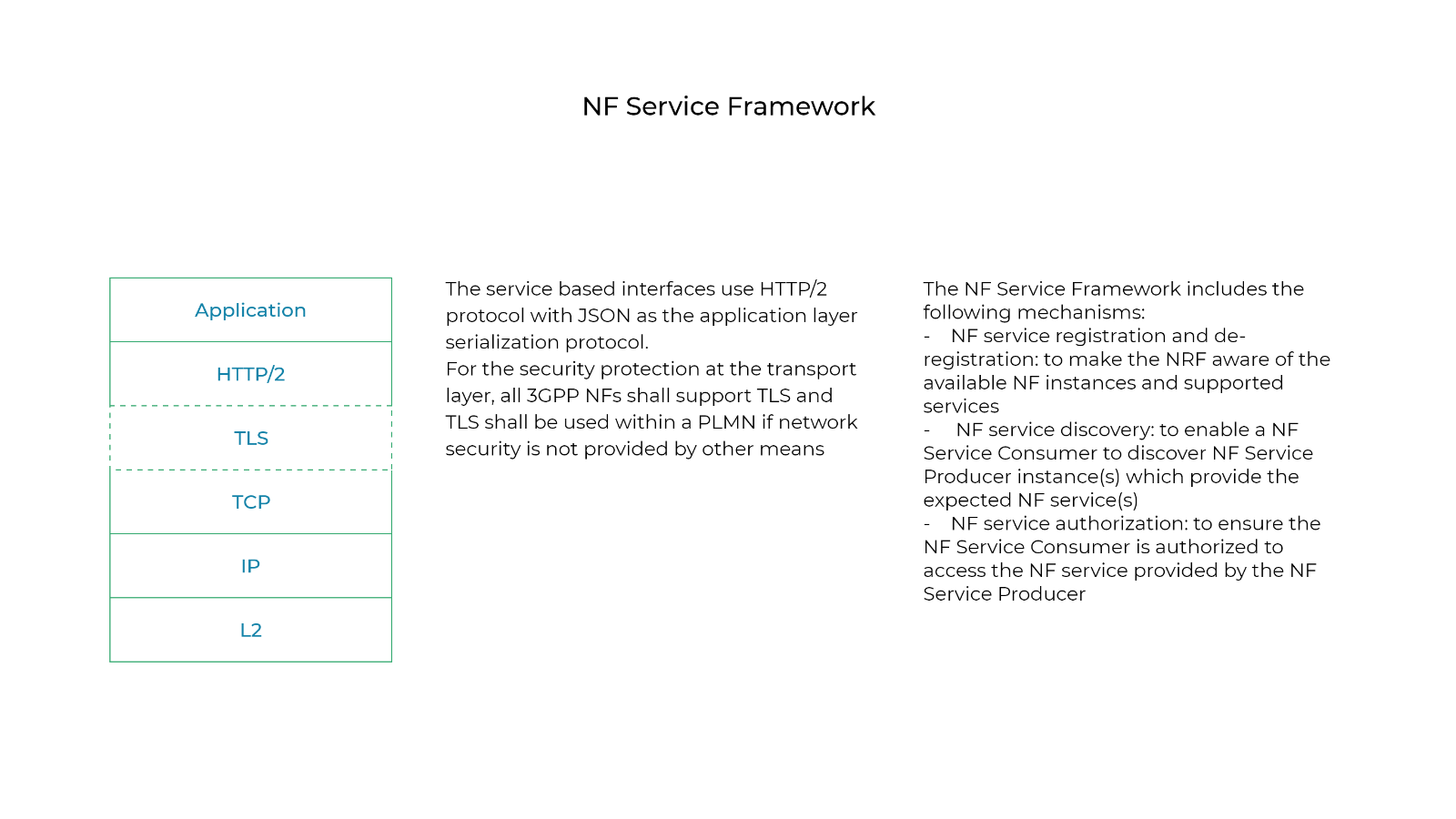5G is the fifth generation of cellular technology. It is designed to increase speed, reduce latency, and improve flexibility of wireless services. 5GSoftware brings you 5G technology which features a theoretical peak speed of 20 Gbps, which is much higher than the 1Gbps speed of 4G. It is virtualized, software driven, and technically superior to earlier cellular technologies including 4G. 5G does not center on particular properties but provides higher connectivity by exploiting high level technologies(like cloud computing) to provide a more user friendly and world class experience directly to clients.
5G guarantees lower latency, which may improve the performance of business applications as different digital experiences (such as on-line gaming, videoconferencing, and self-driving cars).5G is not only important because it has the potential to support millions of devices at ultrafast speeds, but also because it has the potential to transform the lives of people around the world.
Typical deployment scenarios include:
5G service is already available in some areas in various countries. These early-generation 5G services are called 5G non-standalone (5G NSA). This technology is a 5G radio that builds on existing 4G LTE network infrastructure. 5G NSA is faster than 4G LTE, but the high-speed, low-latency 5G technology that industry has focused on is 5G standalone (5G SA). It should be commonly available by 2022.
5G innovation will usher in a period of improved organization, execution and speed for clients. In medical care, 5G innovation and Wi-Fi 6 networks will enable patients to be observed through associated sensors that continually convey information on key well-being markers, for example, pulse rate, oxygen saturation and circulatory strain. In the automobile business, 5G joined with ML-driven calculations will give data on traffic mishaps, allowing vehicles to have the option to share data with different vehicles and elements on streets, for example, traffic signals and dynamic speed limit restrictions.
These are only two industry uses of 5G innovation that can enable better and, more secure encounters for clients. The possibilities are limitless.
Agility: Micro-Services and container-based applications are optimized for changes in application design.
DevOps: Cloud-native applications allow the automation of operational processes such as scaling, monitoring, self-healing, redundancy and high availability with great efficiency.
Resiliency: Cloud-native applications are architected with explicit attention to resiliency. The loosely coupled quality of microservices architectures, for example, ensures that the degradation of one microservice has minimal impact on other microservices.
Portability: Because cloud-native applications are container-based and abstract away dependencies on their external environment, they are more easily transported across different environments than other types of applications.
Efficient resource usage: The lightweight quality of containers allows them to be rapidly destroyed and created leading to improved operational efficiency, and cost savings.
Orchestration: Moving to containerized microservices provides the ability to orchestrate the containers such that separate lifecycle management processes can be applied to each service, allowing for each service to be versioned and upgraded separately.
The main components of the service framework are:
Registration: Implemented based on a service registry which is a database of available (currently active) services and their reachability. Services are registered in the registry once they are activated, and deactivated on deregistration. A service consumer can query this database (the registry) to find available services and how to access them.
Authorization: The authorization of a service is required in order to control whether a service can be called by other services.
Discovery: A service consumer queries for a specific service in the service registry. The service registry responds to several available services and shares their addresses to the consumer.
5G has two different types of configurations in the network,:
From the mobile service providers' perspective, Cloud Native technologies provides a path to cost optimization. It allows them to automate the operation and deployment while still providing high service availability based on common (and relatively cheap) infrastructure.
In addition to similar functional nodes as in 4G architecture, 5G adds
For customers in the USA, the Baicells Nova-436q or the Accelleran E1000 are flagship products supporting the CBRS band 48 spectrum. We have also completed interoperability with Airspan and, Blinq Networks.
In the future, we are looking to complete interoperability with the following vendors.
Vendors | URL | Remarks | |
UERANSIM | Open source 5G UE and RAN (gNodeB) simulator. This tool can be used as UE/RAN emulator with additional capability of load testing. | ||
Amarisoft | Amarisoft LTE and NR network software suite is a unique full software LTE and NR solution capable of operating as a standalone system or as an integrated component in a larger network deployment. It includes eNodeB, gNodeB in SA or NSA mode, 5G Core, EPC, eMBMS gateway and IMS server running on generic x86 hardware, natively ready for virtualized environments. | ||
Casa Systems | Offers small cells | ||
CableFree | |||
CommAgility | https://www.commagility.com/applications-and-markets/wireless-networks/5g | CommAgility's integrated 5G NR gNodeB is based on NXP SoC devices – Layerscape® for the Protocol Stack and Layerscape Access® for the PHY - to achieve optimum performance and cost. |
Vendors | URL |
Casa Systems | |
Attocore | |
Affirmed Networks | https://www.affirmednetworks.com/products-solutions/mec-solutions/ |
IP Look |
For spectrum, in the US, you can work with an FCC- approved SAS provider (currently Amdocs, CommScope, Federated Wireless, Google, or Sony). Outside the US, spectrum can be purchased from a regulator or via a partnership with a local mobile network operator.
Various web stores have access to CBRS radios in the US. Websites like Baltic Networks, Winncom Technologies, and DoubleRadius sell 5G small cells. additionaly, you can engage with vendors like Nokia, Ericsson, or Samsung.
We are planning to use smartjac.biz
No, only devices that have a SIM card for your network registered in 5GSoftware as a company will be able to connect. In the US, most smartphones produced in the last 2 years support the CBRS band. You can use the website GSMArena.com to check if a device supports your band. Simply go to the site, plug in the device model, click on the “expand” button in Network, and see if your device supports the CBRS band.
No. The current version of 5Software only supports. We have plans to bring IMS in 2021.
Although technically feasible, it requires additional administrative and legal services as well as deployment and fulfilment of certain technical requirements. We encourage customers to contact us with their precise needs, so we can deploy an appropriate solution.


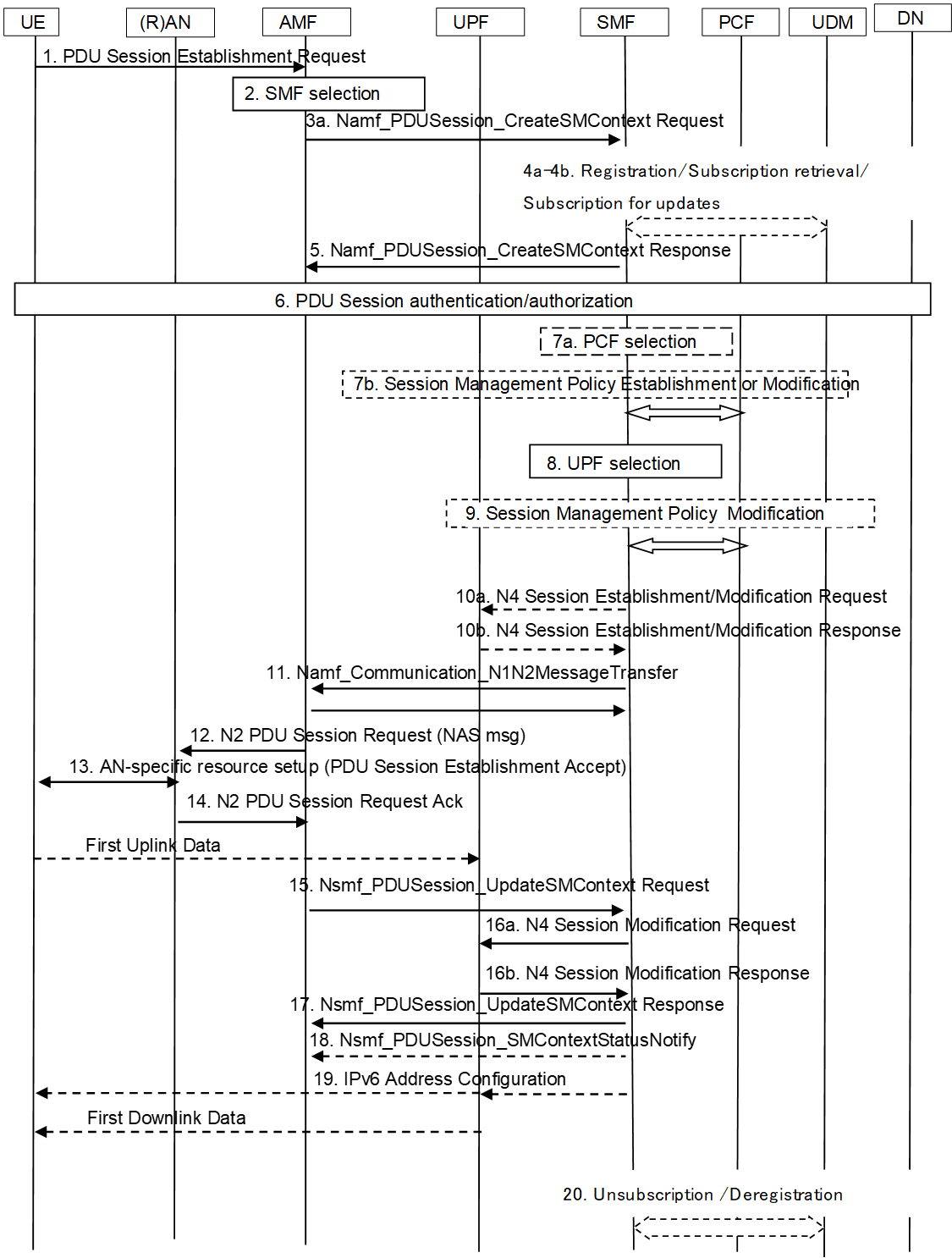
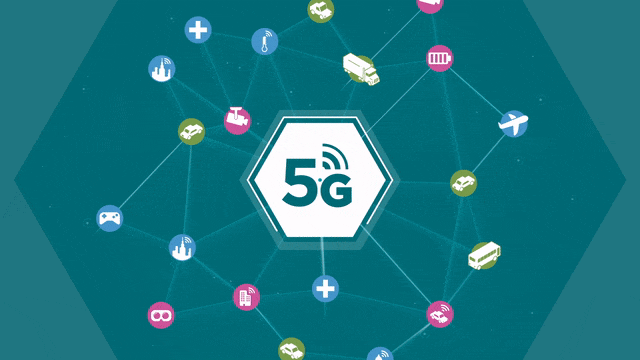
No, you can take the code in executable format and run in your own Amazon Web Services development or do it via our Amazon Web Services option or Hosting.
This is done automatically for all production sites. On your Dashboard, click on your profile -> Upgrades and see the latest update on new features every month.
